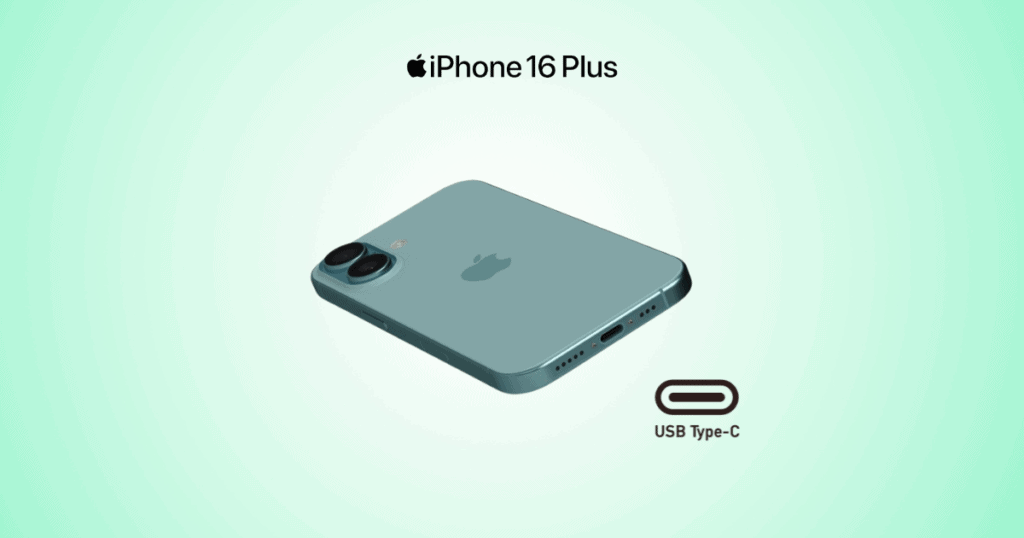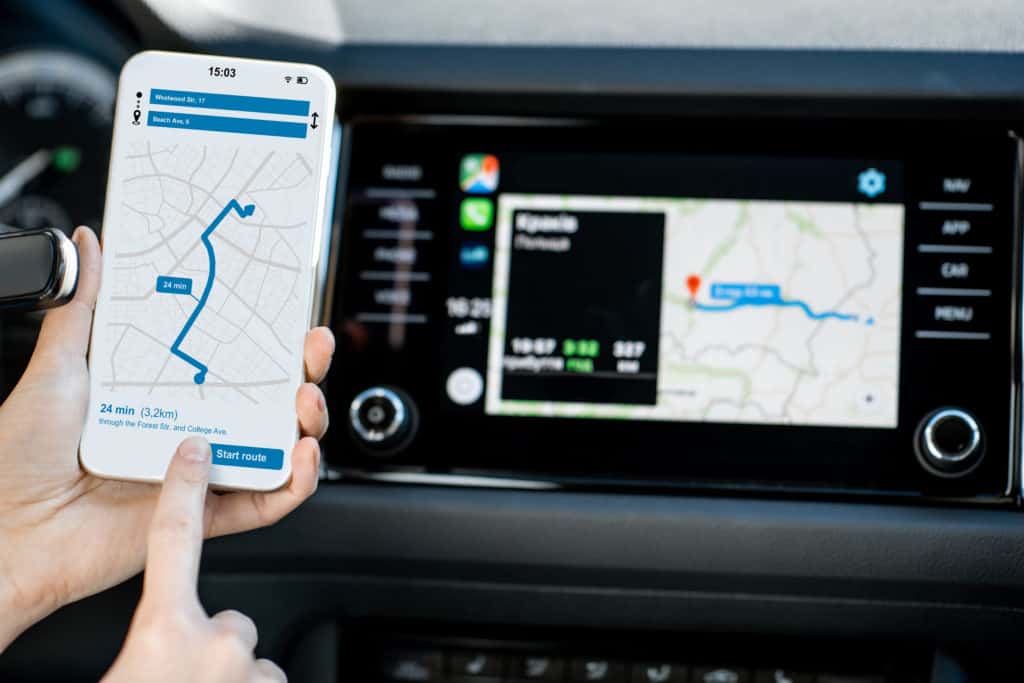Apple’s adoption of USB-C technology in the iPhone 16 introduces a versatile new connector that supports a broader range of functions. Moving away from the Lightning connector, USB-C opens up enhanced capabilities in charging, data transfer, and connectivity with external devices, transforming the iPhone into a more powerful and flexible tool. While this change offers substantial advantages, it also brings challenges as users transition to the new standard.
USB-C Technology Overview
USB-C ports are celebrated for their reversible design, universal compatibility, and the ability to support high-speed data transfers and powerful charging capabilities. For iPhone 16 users, this new port will deliver faster data transfer rates of up to 10 Gbps and power delivery up to 40W. However, the benefits of USB-C extend well beyond these functions.
Expanded Uses of USB-C on iPhone 16
With USB-C, the iPhone 16 can support a wide range of external devices, making it more versatile and functional than ever before. Here are some of the expanded uses for the new USB-C port:
- External Storage Devices: Connect external SSDs and flash drives to quickly access and manage large files, enhancing storage flexibility.
- Display Output: Connect the iPhone to external monitors and projectors, supporting up to 4K video output for presentations or media viewing.
- Audio Accessories: With USB-C, the iPhone 16 supports a range of audio equipment, from wired headphones to high-fidelity DACs, providing better audio quality and versatility.
- Peripheral Connections: USB-C allows users to connect peripherals such as keyboards, mice, and game controllers, adding convenience for productivity and gaming.
- Photography Equipment: The port can be used to connect DSLR cameras, making it easier to transfer photos and videos for editing directly on the device.
These additional functions elevate the iPhone 16’s role in a tech ecosystem, providing users with more ways to interact with other devices and optimize their daily activities.
Benefits of USB-C for iPhone Users
USB-C not only modernizes the iPhone 16 but also brings various benefits that enhance both efficiency and functionality:
- Accelerated Charging and Data Transfer: With power delivery capabilities up to 40W, the iPhone 16 can be charged faster than previous models, while data transfer speeds reach up to 10 Gbps, enabling quick file sharing.
- Broader Compatibility: USB-C’s universal design allows it to connect seamlessly with numerous devices, from laptops to gaming consoles.
- Improved Durability and Reliability: USB-C connectors are known for their resilience, offering a more durable option compared to previous connectors.
By adopting USB-C, Apple aligns the iPhone 16 with the latest tech standards, creating a device that integrates easily into a diverse range of tech environments.
Challenges and Considerations
While USB-C offers substantial benefits, transitioning from Lightning poses some challenges. Users with existing Lightning accessories will need adapters, adding cost and complexity. Additionally, the quality of USB-C cables varies, so it’s essential to prioritize certified accessories for optimal performance and safety.
Historical Evolution of iPhone Charging Ports
The iPhone’s charging port has evolved over the years, reflecting changes in technology and consumer expectations:
- 30-Pin Connector: Used from the iPhone’s inception until 2012, this connector was eventually phased out for more streamlined options.
- Lightning Connector: Introduced with the iPhone 5, this reversible connector offered convenience and compatibility within Apple’s ecosystem.
- USB-C Integration: Driven by global trends and EU regulations, Apple’s transition to USB-C aligns with broader tech industry standards for connectivity.
Unique Features of the iPhone 16 with USB-C
The iPhone 16’s USB-C integration enhances functionality with several standout features:
- Quicker Power Delivery: With up to 40W charging speeds, USB-C minimizes downtime for users.
- Versatile Data Transfer: The USB-C port supports speeds of up to 10 Gbps, ideal for transferring large files or media.
- Support for External Devices: Users can connect to external storage, displays, and peripherals, making the iPhone 16 a versatile hub for work and entertainment.
Addressing User Concerns
With USB-C’s introduction, iPhone 16 users may have questions about compatibility and performance. Here’s what you need to know:
- Charging Speed: USB-C supports up to 40W charging, reducing the time it takes to power up the device.
- Universal Connectivity: USB-C can connect to a broad range of devices, simplifying the process and reducing the need for multiple cables.
- Adapter Requirements: While USB-C offers more features, existing Lightning accessories will need adapters to maintain compatibility.
The Future of USB-C in Apple Devices
Apple’s move to USB-C signals a shift towards a unified connectivity standard, which will likely extend to other Apple devices. This alignment with global tech trends, including EU regulations, highlights Apple’s commitment to a more sustainable and user-friendly approach. As Apple continues to evolve its product lineup, USB-C’s versatility will support a broader range of devices, enhancing user experience and paving the way for future innovations.
Embracing the Future of Connectivity
The iPhone 16’s USB-C integration represents a major leap forward in connectivity and functionality. With faster charging, enhanced data transfer, and support for external devices, the iPhone 16 is better equipped to meet the demands of a tech-savvy audience. As users adapt to the new standard, Apple’s commitment to innovation and versatility shines through, setting the stage for a more interconnected future.




